#Bedouins arabs
Text
( وَمِمَّنْ حَوْلَكُم مِّنَ الْأَعْرَابِ مُنْفِقُونَ وَمِنْ أَهْلِ الْمَدِينَةِ مَرَدُوا عَلَى النِّفَاقِ لَا تَعْلَمُهُمْ نَحْنُ نَعْلَمُهُمْ سَنُعَذِّبُهُم مَّرْتَينِ
ثُمَّ يُرَدُّونَ إِلَىٰ عَذَابٍ عَظِيمٌ )🕊️.
صدق الله العظيم
_ سورة التوبة.
#سورة التوبة#أعراب#palestine#Gaza#وعد الله#منافقون#خائنون#الأعراب#downfalldestiny#downfall#life#Bedouins arabs#Arabs#Muslims#Bedouins#عذاب#وعد#رقص#ضحك#betrayal
112 notes
·
View notes
Text
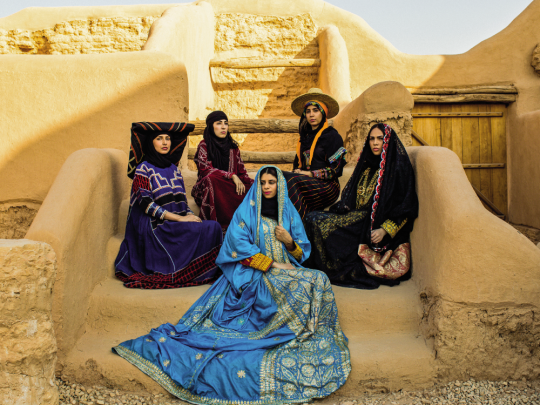
Bedouin and Arab women, Saudi Arabia, by Hayat Osamah
#bedouin#arab#saudi arabia#saudi#asia#west asia#folk clothing#traditional clothing#traditional fashion#cultural clothing
781 notes
·
View notes
Text


Arabs discovering there are Muslim Israeli Arabs in the IDF is a new level of ignorance.
20% of the Israeli population are Arabs. Some join the IDF because guess what, they are Israeli citizens equal to the law the IDF doesn’t protect only the Jewish citizens but all of Israelis.
When Hamas started this war they also killed Muslims and Bedouins from the south of Israel.
jon_elk
171 notes
·
View notes
Text

🇮🇱⚔️🇵🇸 🚨
ZIONIST COLONIAL SETTLERS RAID PALESTINIAN BEDOUIN COMMUNITY
Groups of Zionist colonial settlers on Wednesday raided a Palestinian Bedouin community in the occupied West Bank, in an attempted provocation of local Bedouin residents.
According to the General Supervisor of the Al-Badr organization, an organization dedicated to the Rights of the Palestinian Bedouin population, Hassan Mlihat, a group of Israeli colonial settlers stormed the Milhat Arab community on horseback and in vehicles on Wednesday evening.
The Zionist settlers were also accompanied by the Head of the Zionist colonialist West Bank Settlements Council, Yossi Dagan.
The abuse of Palestinians under occupation in the West Bank continued when the Israeli occupation forces arrested two young Palestinian men in the town of Azzun, located to the east of Qalqilya.
According to local reporting, Zionist occupation forces raided Azzun earlier on Wednesday evening, detaining and arresting the two men, Samer Mahmoud Shabita and Youssef Mazyad Salim, at an Israeli military checkpoint in the central part of the town, near the old mosque.
In further news of apartheid occupied Palestine, occupation bulldozers began construction of a Settler-only road just outside the town of Deir Istiya, northwest of Salfit
According to the Mayor of Derastiya, Firas Dhiab, Zionist bulldozers began razing Palestinian lands and uprooting olive trees belonging to the Muhammad Hussein Abu Nasser family in order to build a Settler-only road, as well as expanding the entrance to the illegal colony of Rafava.
Meanwhile, the Israeli occupation army also detained and imprisoned a young Palestinian man named Shadi Al-Salameen from Al-Somou, south of Hebron, following occupation forces chasing the young man through the streets of the town before catching up to him and assaulting him. Al-Salameen suffers from a work-related foot injury he incurred a year prior.
#source1
#source2
#source3
#source4
#photosource
@WorkerSolidarityNews
#west bank#occupied west bank#occupied palestine#occupation#israeli occupation#israeli occupation forces#palestine#palestinians#palestine news#free palestine#end the occupation#occupied palestinian territories#israeli terrorism#middle east#israel palestine conflict#war#genocide#apartheid#politics#news#geopolitics#world news#global news#international news#breaking news#israel#israel news#current events#arab israeli conflict#bedouin
49 notes
·
View notes
Text

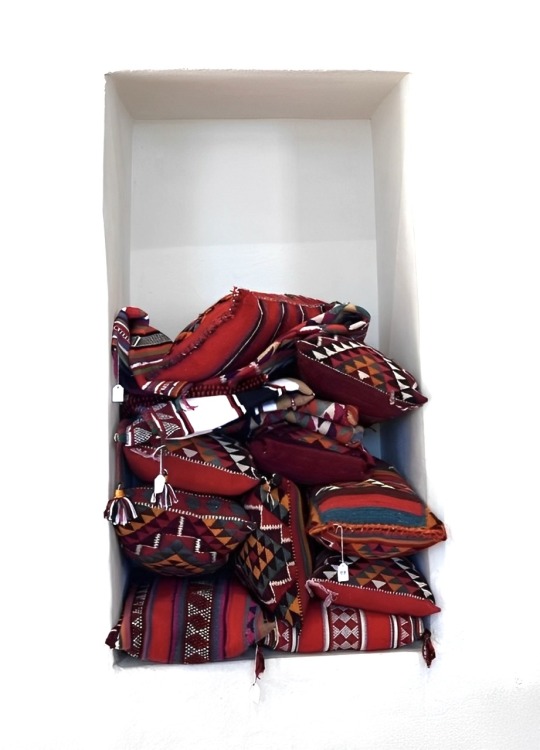
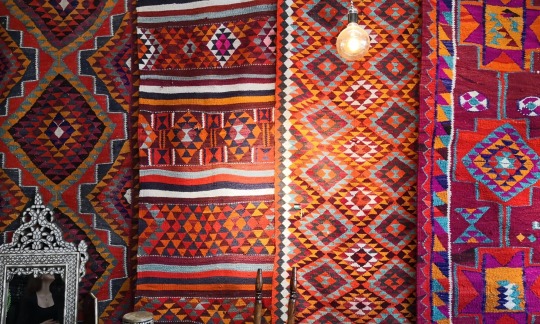
Al Sadu | السدو
Traditional weaving of Bedouins (nomadic Arabs). Which can be seen decorating many Arab spaces, from nomadic tents to urban and modern houses.
#arab#arabian#culture#middle east#Arabs#Bedouin#Bedouin culture#weaving#carpets#rugs#ethnic#MENA#embroidery#knitting#nomadic#nomads#Arabic#swana#West Asia#arabian peninsula#Arabian Gulf#Arabia#North Africa#Maghreb#Saudi Arabia#al sadu#Jordan#petra#levant#Mesopotamia
11 notes
·
View notes
Text
girl of the desert
somewhere in the land of the bedouins,
away from the skyscrapers and traffic
and wars and modernism and traditionalism,
deserts lie calm, whispering their secrets
into the december wind that blows across.
dunes stand tall and proud like the arabs,
a blended sea of gold and red and brown—
a hush falls over it. winter wind blows again.
clouds like a dark blanket over the sky—
lonely girl stands, tall, proud, wide-eyed.
a colored shayla ruffles up her curls—
she holds it in place at her chest,
scrunched up above her jalabiya—
colored like cream, silvery rhinestones
peppered along the neckline and sleeve
she walks, her bare feet disturbing the smooth
layers of mineral, grains making way for her
as she leaves her mark on the sea of sand.
the world holds its breath for her, refusing
to spill its tears on the lonesome arab girl.
the sun hides from her, nestled in the dunes—
it dips lower into the horizon, illuminating
the skyscrapers perceptible in the distance.
sharp blue buildings tinged with fiery orange—
but wait. it stops, and they stare at each other
girl versus sun. blinking their eyes, anticipating—
who will back down first? both are stubborn.
a cloud passes, sheilding the star from her,
and she smiles, triumphant, when it goes down
and finally recedes to where she does not see.
a voice calls out. she turns around and she sees
five people. three girls, two boys, standing, smiling,
next to her parents. she beams at the sight of them,
and she digs her henna'ed feet into the ground
before she joins her family. the sand slows her down.
rain dances its way down, kissing the ground,
painting dots into the surface of the desert sea.
the moment freezes, and a snapshot is taken
in the desert girl's memory, forever remembering
the december wind, rain, and the red-gold sand.
#first poem on tumblr 😭😭 im so nervous#its related to that post i made a couple days ago#poets on tumblr#original poem#writers and poets#poems on tumblr#poems and poetry#poetic#personal poem#personal poetry#culture#arab#arab poetry#bedouin#original writing#original work#poetry#poems#poem#queenies poems
29 notes
·
View notes
Text
People online: Zionism is colonialism!! Stop eraseing the natives!
Genetic studies: umm. Well, actually -
I'm not biologist! But I try to explain this in simpler words. Feel free to correct me if I misunderstood anything :)
(can't believe I spent about 4 hours on it)
In short - the study compared the Y genes of several different groups - aka the paternal genetic history (father-to-son).
Finding more similarities= genetically closer= has a more common ancestry.
(like, brother is closer then cousin closer then a stranger)
Let's start!
"The investigation of the genetic relationship among three Jewish communities revealed that Kurdish and Sephardic Jews were indistinguishable from one another, whereas both differed slightly, yet significantly, from Ashkenazi Jews. The differences among Ashkenazim may be a result of low-level gene flow from European populations and/or genetic drift during isolation."
AKA: genetically speaking, there's no difference between Jews from various MENA countries (Mizrahim). (Sephardic were mostly Moroccan origins, Kurdish sample mostly north Iraq/Syrian origins)
An important note: Eda refers to the spesific traditions/subgroup, and passed down by the paternal line (father-to-son). This is in order to preserve traditional practices, that were different in different communities (e1)
There's a small genetic difference between Mizrahi jews and Ashkenazi Jews. This could be due to isolation or "low level gene flow" (in other words, converts and (mostly) children born from rape. Which was... way more common then you think. Look up "Pogrom".)
Next!
In a report published elsewhere, we recently showed that Jews and Palestinian Arabs share a large portion of their Y chromosomes, suggesting a common ancestry (Nebel et al. 2000). Surprisingly, in the present study, Jews were found to be even closer to populations in the northern part of the Middle East than to several Arab populations. It is worth mentioning that, on the basis of protein polymorphisms, most Jewish populations cluster very closely with Iraqis (Livshits et al. 1991) and that the latter, in turn, cluster very closely with Kurds (Cavalli-Sforza et al. 1994). These findings are consistent with known cultural links that existed among populations in the Fertile Crescent in early history.
Here, the mention earlier studies about genetic links between Jews (of all Edot) and Palestinian arabs. This can mean there's a common ancestry to the population (same grand-grand-etc.-father).
Jews are geneticly similar to Iranians, who are geneticly similar to Kurds (e2)
Those genetic links aren't suprising, and consistent with what we know from history about population and communities in the Fertile Crescent area.
Muslim Kurds
The Kurds are considered an ancient autochthonous population (Kinnane 1970; Pelletiere 1984) who may even be the descendants of the shepherds who first populated the highlands during the Neolithic period (Comas et al. 2000). Although Kurdistan came under the successive dominion of various conquerors, including the Armenians, Romans, Byzantines, Arabs, Ottoman Turks, and Iraqis (Kinnane 1970), they may be the only western Asian group that remained relatively unmixed by the influx of invaders, because of their protected and inhospitable mountainous homeland (Pelletiere 1984). The Y chromosome variation of Muslim Kurds falls within the spectrum observed in other populations (Turks and Armenians) living in the same region. The three populations are closer to Jews and Arabs than to Europeans. This is in good agreement with data on classical markers (Cavalli-Sforza et al. 1994). However, on the basis of mtDNA polymorphisms, Kurds were reported to be more closely related to Europeans than to Middle Easterners (Comas et al. 2000).
Kurds are very ancient ethnic group. Possibly the only western-asian group that remained relatively unmixed, despite (pointing history).
Kurds Y chromosomes are pretty similar to those in the same area (Turks and Armenians), and those three groups Y chromosomes are more similar to Jews and Arabs then to Europeans.
Now, that's interesting: the similarities is also in classical markers, but it's different from studies on mtDNA (Maternal/mother line), which then shows more similar to Europeans than Arabs and Jews.
(idk if there are rumours/historical kurds stories/traditions about Patriarch communities with brides from distance? Or Matriarch communities with grooms from the (other) distance? But it sounds like the historical story is something like that.
Palestinian Arabs and Bedouin
Bedouin are largely nomadic Arab herders, with a tribal organization. They live in all Arab countries, constituting about one tenth of the population (Cavalli-Sforza et al. 1994). The Bedouin population of the Negev desert was found to be most distant from Jews and Muslim Kurds and to be closely related only to Palestinians. Both these Arab populations differ from the other Middle Eastern groups sampled for the present study, mainly in having a higher frequency of Eu 10 chromosomes, the majority of which they share with each other. Traditional marriage practices—such as male polygamy, a high rate of consanguineous marriages, and patrilocality—may have enhanced the low haplogroup and haplotype diversity of the Negev Bedouin, as was suggested elsewhere for the Bedouin tribes in the Sinai Peninsula (Salem et al. 1996).
Bedouins from the Negev (Southern Israel) were most different from Jews and Muslim-kurds, and closely related to Palestinian Arabs. Both Arab groups were(geneticly) very similar to eachother, but different from the other Middle Eastern groups in the study.
The main difference was a higher frequency of Eu 10 chromosomes, that were similar in the 2 groups.
We propose that the Y chromosomes in Palestinian Arabs and Bedouin represent, to a large extent, early lineages derived from the Neolithic inhabitants of the area and additional lineages from more-recent population movements. The early lineages are part of the common chromosome pool shared with Jews (Nebel et al. 2000). According to our working model, the more-recent migrations were mostly from the Arabian Peninsula, as is seen in the Arab-specific Eu 10 chromosomes that include the modal haplotypes observed in Palestinians and Bedouin. These haplotypes and their one-step microsatellite neighbors constitute a substantial portion of the total Palestinian (29%) and Bedouin (37.5%) Y chromosome pools and were not found in any of the non-Arab populations in the present study. The peripheral position of the modal haplotypes, with few links in the network (fig. 5), suggests that the Arab-specific chromosomes are a result of recent gene flow. Historical records describe tribal migrations from Arabia to the southern Levant in the Byzantine period, migrations that reached their climax with the Muslim conquest 633–640 a.d.; Patrich 1995). Indeed, Arab-specific haplotypes have been observed at significant frequencies in Muslim Arabs from Sena (56%) and the Hadramaut (16%) in the Yemen (Thomas et al. 2000). Thus, although Y chromosome data of Arabian populations are limited, it seems very likely that populations from the Arabian Peninsula were the source of these chromosomes. The genetic closeness, in classical protein markers, of Bedouin to Yemenis and Saudis (Cavalli-Sforza et al. 1994) supports an Arabian origin of the Bedouin. The alternative explanation for the distribution of the Arab-specific haplotypes (i.e., random genetic drift) is unlikely. It is difficult to imagine that the different populations in the Yemen and the southern Levant, in which Arab-specific chromosomes have been detected at moderate-to-high frequencies, would have drifted in the same direction.
The eu10 Y chromosomes geneticly linked to the arab peninsula, and wasn't found in non-arab population. It's very possible that arab-Palestinians and Bedouins are the descendants of immigrants and population movement, possibly during the Caliphate - the Muslim Empire (Arab dynasties 632-1258; Mamluk Sultanate 1250-1517; ottoman/turkish 1517-1924) (e2)
Example and more information undercut:
Eda (plural - Edot): community, subgroup. Usually refers to a group using different Minhagim (traditions).
For example, my Yemeni ancestors only said the "Hamotzi" prayer (said before eating bread) during Passover, as wheat was rare and expensive, and wasn't a usual part of their diet.
Another differences include Te'amim (ways to read the Torah. Sort of like 🎶 for voice); Kitniyot (o lo lithiyot/jk) - do you eat it on passover? What about the oil?; certain holidays (traditional Mimuna, Sigd.) (Yat kislev🙈)
Through history, even though most Jewish communities weren't completely isolated from one another, it still took a lot of time to pass questions and information. So different places gained different traditions.
Basically, it goes "(go by) paternal traditions" (מנהג אבות)
In the past, people that moved from one community to another would take over the new traditions.
Since moving and immigration became far more common, and started to move as communities, people kept their traditions. For example, in my area I have 5 small synagogues, each was founded by a community from different diaspora that wanted to keep their traditions.
And it's okay! It's even great 😸
(e2) kurds:
Oh look, another ethnic group fighting for freedom and right for self government.
Population: about 30m ppl worldwide. In current geography, the land split between Iraq, Syria and Turkey. Also fighting ISIS. Look up YPJ.
#genetic studies#israel#palestine#genetics#genetic screening#kurdistan#kurds#muslim#jews#arab#arab peninsula#Palestinians#Bedouin#biology#history#fascinating#iraq#syria#turkey#YPJ#ncbi#peer review#science#biology study
17 notes
·
View notes
Photo

Bedouin and arabian horse (2019)
#bedouin#arabian horse#horse#desert#arab#arabian#nightindesert#marysmirages#illustration#art#artist#painting#drawing
378 notes
·
View notes
Photo
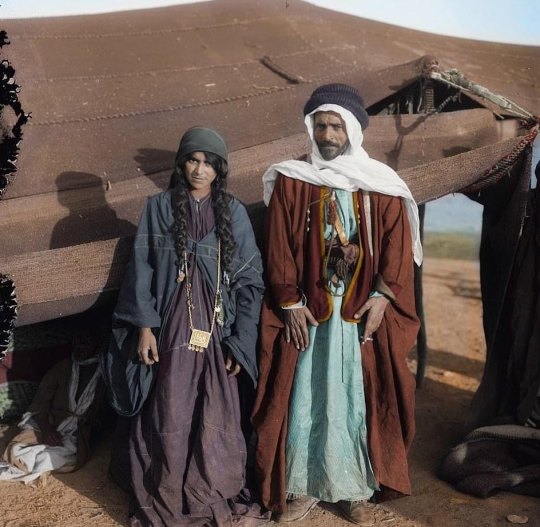
🔸 Bedouin couple in front of their tent, Adwan tribe. 1898. (Colorized by Frédéric Duriez). Area believed to be Jordan. #victorianchaps #bedouin #retro #jordan #arab #goodolddays #victorian #oldphoto #vintage #desert #nostalgia #1890s #colourised #adwantribe https://www.instagram.com/p/CnopkWlDN2r/?igshid=NGJjMDIxMWI=
#victorianchaps#bedouin#retro#jordan#arab#goodolddays#victorian#oldphoto#vintage#desert#nostalgia#1890s#colourised#adwantribe
54 notes
·
View notes
Photo

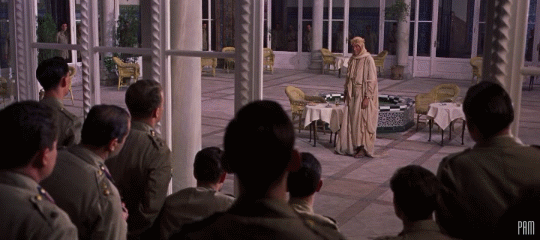

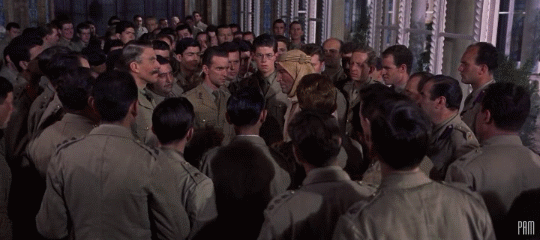
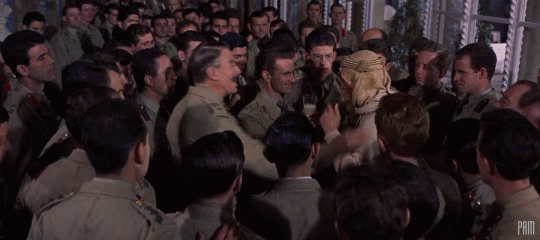
Lawrence Of Arabia (1962)
#1962#gif#film#movie#WWI#Lawrence Of Arabia#David Lean#Peter O'Toole#T.E. Lawrence#Jack Gwillim#Club Secretary#Omar Sharif#Sherif Ali#Anthony Quinn#Auda Abu Tayi#Alec Guinness#Prince Feisal#Arab Revolt#Bedouin#Cairo#Egypt#Saudi Arabia#Ottoman Empire
108 notes
·
View notes
Photo

بدو يمنيون بالقرب من بئر في حضرموت، ١٩٤٧
Yemeni Bedouins near a well in Hadhramaut, 1947
164 notes
·
View notes
Text

Bedouin woman, Jordan, by Hermann Erber
#bedouin#arab#jordan#asia#west asia#folk clothing#traditional clothing#traditional fashion#cultural clothing
228 notes
·
View notes
Text

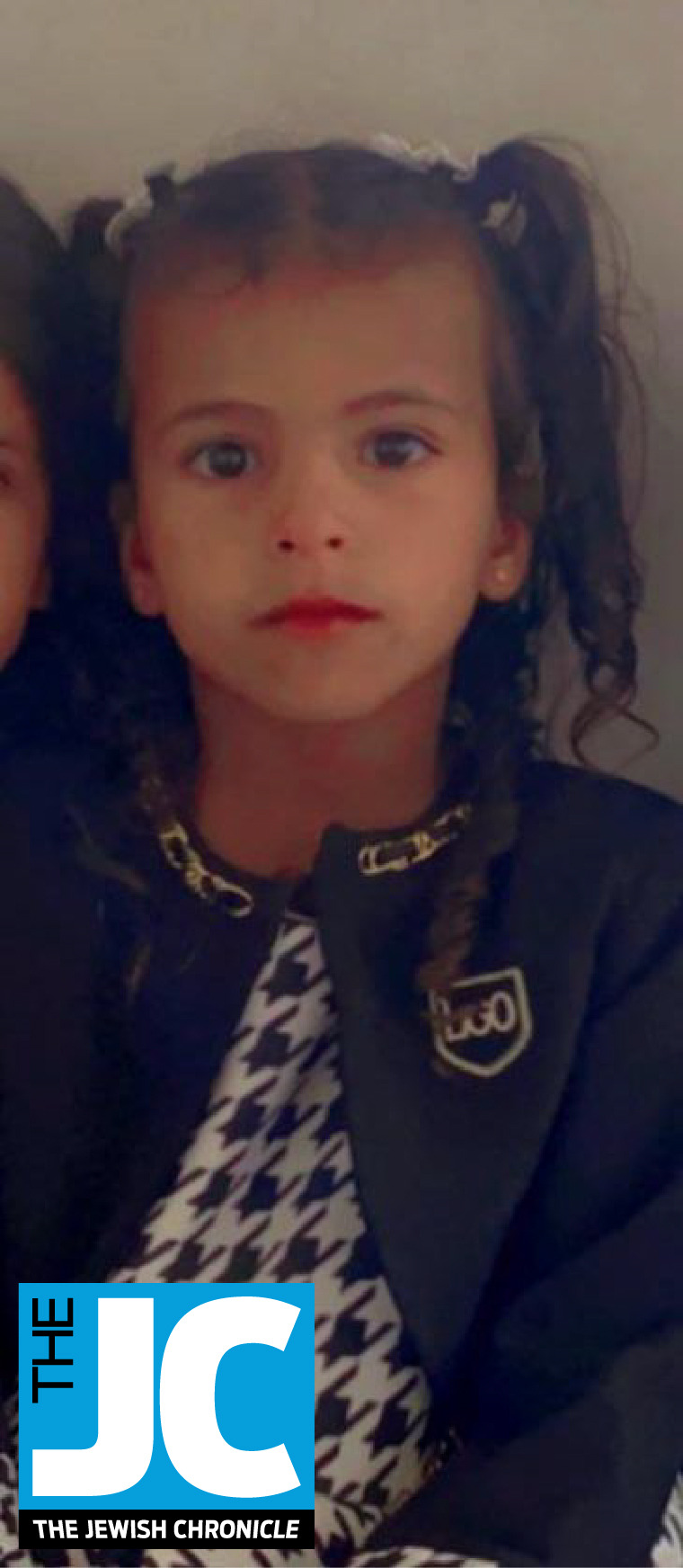
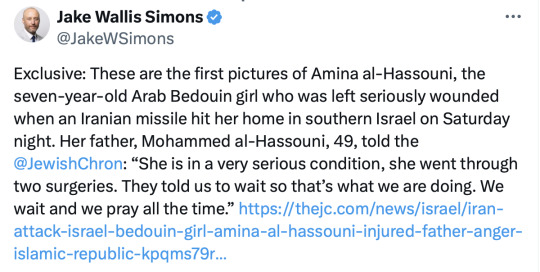
88 notes
·
View notes
Text
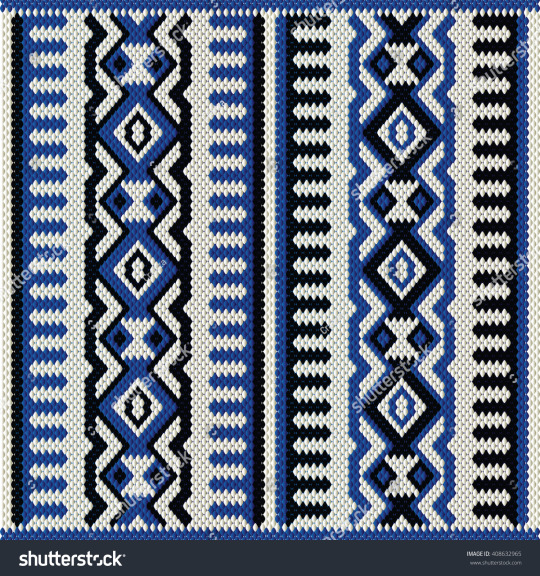
A Blue White And Black Vintage Traditional Weaving Motif Rug
(download high resolution illustration at the shutterstock link above)
#digital print#motif#ancient art#embroidery#geometric#digital textile#ethnic#damask#batik#arabic#art#background#bedouin#black#blouse#blue#bright#carpet#countryside#craft#craitza#decoration#decorative#design#eid#fabric#illustration#kuwait#old#sadu
4 notes
·
View notes
Text
I know I know a movie can only be so long and it's supposed to tell it's own, self-contained story not be a literal adaptation of Pillars word for word but stilll..... I would've loved to see more of the religious aspect of the book in the movie. There's the Islamic call to prayer and the reading aloud of the Koran in Faisal's tent but the conflict in Lawrence as a sedentary, white English Christian pertaining to be leading nomadic, Bedouin Muslims is really devoid of the religious aspect in the movie and while it's understandable (inflammatory as that could be as a baseline the overt Messianic imagery already apparent in the film could perhaps then be seen to be in poor taste. Which, boo) it's regrettable. Insofar as the movie we got is still nothing short of perfect.
#ahh wasn't there an anecdote where they met an Arab-speaking Ottoman soldier or bedouin who had fought for the Turks or smthing#and spared him when they heard he spoke Arabic and told him “God is good?” i'm not imagining that no way#and then mikkeline also pointed out how the two very differently photographed skies (one with stars the next with stars and a moon) before#and after his conversation with tafas about being different and how fat England is could be seen as Islamic imagery.....luv that
5 notes
·
View notes
Photo
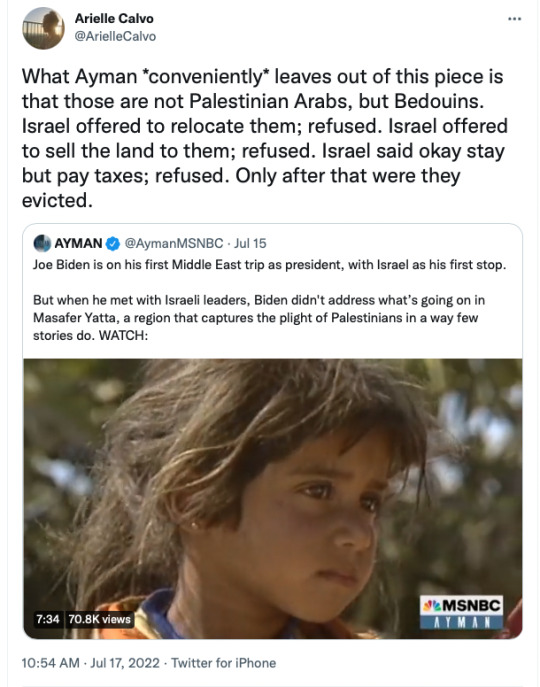
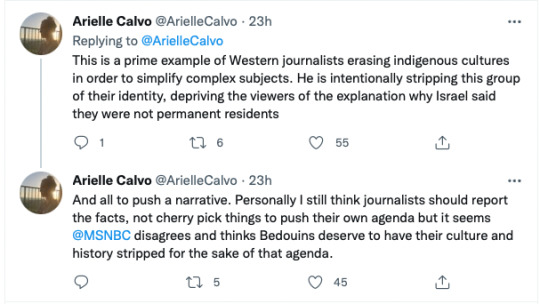
Source
78 notes
·
View notes